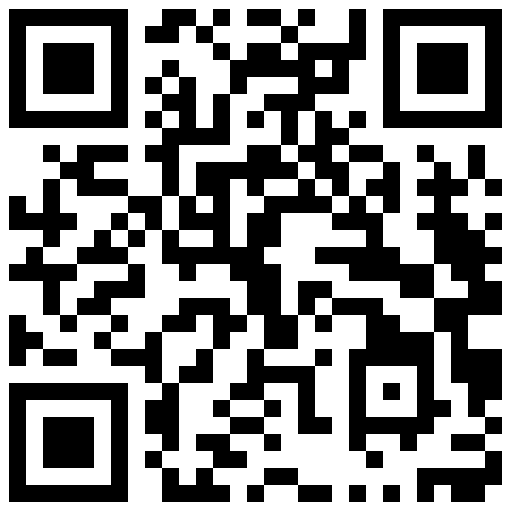
the tale of a murmuring heart
WHEN *Manish Agarwal's little bundle of joy arrived, his happiness knew no bounds. This was a big event among the Agarwals, as the family was welcoming a baby after 28 years. But unfortunately, the elation was short-lived. Soon after birth, the baby turned blue and seemed to be struggling for breath, quite inexplicably. The condition required immediate surgical intervention, said the doctor at the Mathura hospital he was born in. The newborn was taken to two facilities in Mathura. But all in vain. Flustered by the failed efforts, Manish rushed his son to a super speciality hospital in Delhi, which referred him to me.
A Birth Defect
Manish's son was born with a structural defect in his heart called the Obstructed Critical Total Anomalous Pulmonary Venous Connection (TAPVC). It is a congenital heart defect (CHD) in which the blood does not take the normal route from the lungs to the heart and out to the body. The culprits are the abnormally positioned veins between the heart and the lungs. They cause oxygenated blood (pure blood) to leak into the wrong chamber and get dammed up in the lungs, triggering breathlessness. Also, pure blood gets mixed with impure blood (deoxygenated blood) turning the baby blue. The only way to avert fatal consequences in such a condition is an emergency surgical intervention. Additionally, the veins of this newborn were narrow, necessitating even more urgent attention. The reported incidence of CHD is 8-10 per 1000 live births in the world and in India the figure is 6-8 per 1000 live births. Nearly 33 to 50 per cent of these defects are critical and in our country nearly 1,80,000 children born with heart defects each year require intervention in the first year of life itself. Of these, nearly 60,000 to 90,000 suffer from critical cardiac lesions requiring immediate attention of the doctor.
Early Diagnosis
This is the key requirement for timely intervention. Rapid advances have taken place in the diagnosis and treatment of paediatric CHD over the last few decades. Today we have diagnostic tools which guarantee an accurate detection even before birth. With the currently available treatment modalities, over 75 per cent of infants born with critical heart diseases can survive beyond the first year of life and many can lead near normal lives thereafter. If a child is diagnosed with CHD, regular follow-ups with a paediatric cardiologist is a must. He can put the diagnosis in correct perspective to the parents and clarify their doubts and misconceptions. It’s also the doctor’s responsibility to allay the consequential fears and apprehensions of the parents and guide them further on the line of treatment. This helps the parents to take informed decisions in a timely manner and plays a strong role in seeking medical intervention to prevent further deterioration of their child’s health.
Surgical Intervention
Open Heart Surgery is the only treatment modality for TAPVC while other congenital heart
6-8 children among every 1000 live births are born with congenital heart disease in India.
defects can be treated over a period of time. In an Open Heart Surgery, the chest is cut open and surgery is performed on the muscles, valves, or arteries of the heart. In case of this condition, the pulmonary veins are reconnected to the left atrium (the heart chamber located on the left posterior side) and the defect or hole in the wall between the two top chambers of the heart is closed. Treating a newborn has its own set of challenges including anaesthetic and procedural ones. But the challenges are not over even with a successful surgery. The chest of Manish’s son had to be kept open for three days to keep him under dedicated observation for any emergency. Currently, the 3-month-old baby is hale and hearty, touching all the normal growth parameters. However, the child will need regular follow-ups with a paediatric cardiologist and once he becomes an adult, he will have to go for regular check-ups with a cardiologist having special training in congenital heart defects. Follow-up is needed to make sure that the remaining problems (if any), such as, an obstruction in the pulmonary veins or irregularities in the heart rhythm, are taken care of at the right time.
SYMPTOMS TO WATCH OUT FOR
The early sign of TAPVC or any other CHD can be a murmuring heart. However, one has to keep in mind that murmurs are very common in children and not necessarily due to CHD. They can be heard, especially if the child has an infection or is anaemic. But if the murmur persists, then your paediatric cardiologist may advise an echocardiogram. From rapid breathing to poor weight gain, bluish skin to irritability and fatigue, the symptoms of a heart ailment may be wide ranging, depending on the specific condition the child is suffering from. Some of these ailments can be life threatening. So keep your eyes open for early signs.









